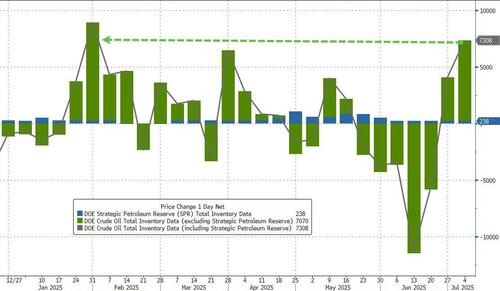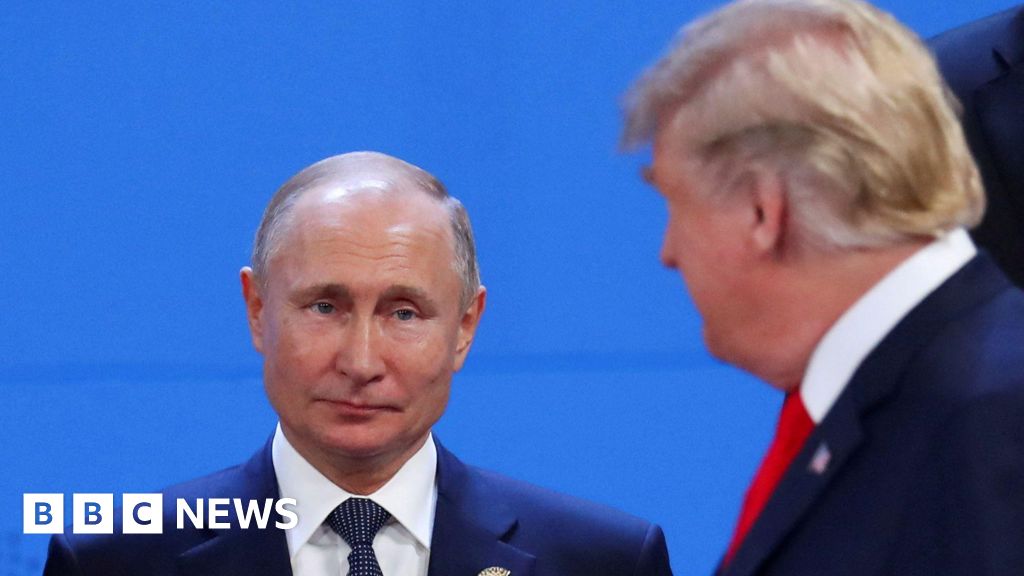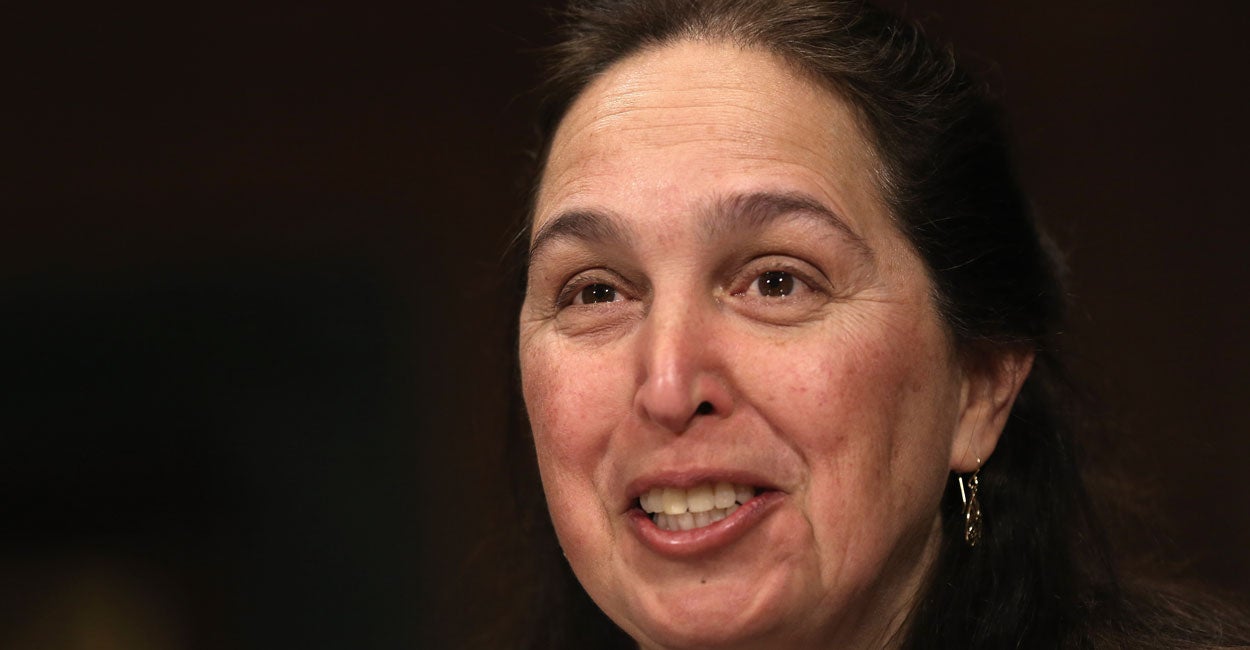Amazon’s “Prime Day” Trap: It’s About More Than Money

It’s here. The annual sale bonanza, which allegedly offers huge savings for customers, is now on until 11 July. But the flashing discounts and countdown timers are just a first glimpse into the deeper truth – Prime Day is engineered to manipulate your behaviour, boost their profits, and keep you on the hook for longer. Here’s how the world’s biggest sale is costing you more than ever before.
Let’s not lose touch…Your Government and Big Tech are actively trying to censor the information reported by The Exposé to serve their own needs. Subscribe now to make sure you receive the latest uncensored news in your inbox…
How Much Does Amazon Really Make?
In 2023, Amazon generated $12.9 billion in global sales in the two days of Prime Day. This jumped to $14.2 billion in 2024 and is projected to hit almost $24 billion in this year’s edition. [Source: Adobe for Business]
- Stock Market Response: $AMZN’s share price rose over 4% in the week following 2024’s event [Source: Yahoo Finance]
- Prime Membership Growth: With over 250 million Prime members in 2024, Amazon’s internal estimates suggest an additional 8 million memberships were activated during last year’s Prime Day period [Source: Yaguara]
- Advertising Profits: $1.1 billion in sponsored product ad revenue from 2024 is expected to grow to $1.3 billion in 2025
- Seller fees: Over 60% of units sold in 2024 were from third-party sellers, which generated over $6 billion in seller fees during Prime Day alone
It might look like a reduction in price, but it’s really about increasing profits. Amazon will once again be focusing on volume, membership retention, seller fees, and advertising, to increase its profitability to all-time highs.
The Psychology Behind the “Sale”
Amazon’s Prime Day is not just another retail event – it’s a masterclass in behavioural manipulation.
- Limited time offers induce rush decisions
- Social proof (such as “1,200 bought in the last hour”) encourages herd behaviour
- Price anchoring, which involves inflating “original” prices beyond what they ever sold at, makes discounts look extra generous
- Add-to-cart triggers suggest related items on check-out, which are often very high margin products
All of this makes the shopper believe they got a good deal – like they won at a game – and want to play more. The tactics are based on dopamine-response cycles, which can lead to compulsive behaviour especially among users who already experience impulse control or anxiety challenges [Source: Psychology Today]
The Real Cost to the Consumer
It’s not just about the money. There are tangible, lasting effects that come from being urged to doing something simply because the clock is ticking. In 2024, reports suggested:
- 41% of U.S. shoppers reported experiencing buyer’s remorse within a week
- 61% of Prime Day purchases were unplanned
- The average household spent $325 more during the event than they had budgeted for
- Use of Buy Now, Pay Later spiked 25%, indicating people were making purchases with money they didn’t really have
Money Aside, What is Amazon Really Gaining?
Although at its heart, Prime Day is an exceptional earner for the corporate giant which looks to set new record highs again in 2025, there is more at work than simply generating sales revenue. Amazon’s always looking for ways to grow, which isn’t just about selling things you didn’t really need:
- Data Harvesting: Every click, pause, and purchase helps to build a personal behavioural profile, so they can target you better in future
- Customer Lock-in: With memberships increasing to make the most of Prime Day, customers continue with their subscription and commit to year-round spending through exclusive offers
- Advertising Revenue: Sponsoring product advertisements during Prime Day now generates over a billion dollars
- Dominance Over Vendors: While sellers are pressured to cut margins and offer deep discounts to increase volume, Amazon’s cut continues to grow
What It All Means For You
Prime Day isn’t just about shopping. It aims to constantly reinforce a system designed to separate you from your cash, while convincing you it’s a good thing. The idea is to keep people tethered to a platform that profits from their every move.
- Your spending provides data. That data creates a better picture of how you behave, meaning they can sell you more in future, generating more data, perpetuating the cycle
- The convenience of a quick buy bypasses the discipline mechanisms of intentional purchases
- While Amazon tightens its grip on global retail, advertising, and cloud computing, your participation fuels the system that concentrates power and weakens independent businesses
- You might get access to a discount, but Amazon’s already made its money from the advertising that took you there, will make more from the sellers’ cut they’re due upon check-out, and will continue profiting from the data you sell in return
It’s engineered desire, packaged as opportunity for the everyday consumer, covering up the real motive.
So, Should You Avoid Prime Day?
Not necessarily, but it should be navigated with caution. It should not be accepted as a gift from Amazon, but as an opportunity to buy things you had already planned for at a discount. Remember, if you didn’t need it before Prime Day, you probably don’t need it now either. Ways to avoid falling into the same trap as the crowd include:
- Setting a fixed budget and make decisions before browsing
- Using price tracking tools like CamelCamelCamel or Keepa to check if the discounts are genuine
- Waiting 24 hours before buying anything over a certain amount, such as $/£50
- Take a break between purchases to avoid getting sucked into upselling
Final Thought
Prime Day must be one of the world’s most successful illusions. It’s a celebration of savings, making consumers feel great about lower prices – which are not always genuine discounts in the first place – while continuing to grow one of history’s biggest ever companies.
Amazon continues to pursue domination in data collection, revenues, and customer insights. Is it one big experiment aimed at training shoppers to buy reactively and actually feel good about it?
When the next deal lights up your screen, it’s worth considering: who’s really winning here?
Join the Conversation
Have you ever regretted a Prime Day (or other “urgent sale”) purchase? Do you think they are designed to help or control you? Share your experience below.
The Expose Urgently Needs Your Help…
Can you please help to keep the lights on with The Expose’s honest, reliable, powerful and truthful journalism?
Your Government & Big Tech organisations
try to silence & shut down The Expose.
So we need your help to ensure
we can continue to bring you the
facts the mainstream refuses to.
The government does not fund us
to publish lies and propaganda on their
behalf like the Mainstream Media.
Instead, we rely solely on your support. So
please support us in our efforts to bring
you honest, reliable, investigative journalism
today. It’s secure, quick and easy.
Please choose your preferred method below to show your support.














